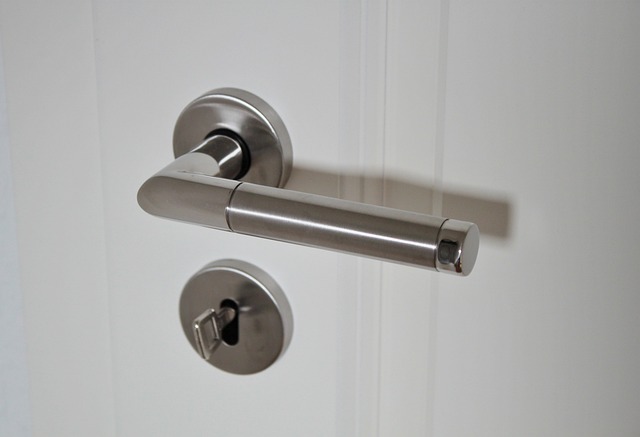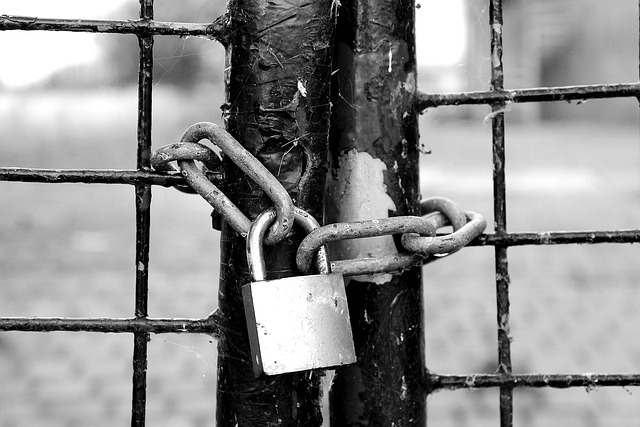Rural homes face unique security challenges due to isolation and unreliable grid electricity. Solar-powered security systems offer a sustainable solution by harnessing renewable energy for consistent lighting, enhancing visibility, and deterring crime. These systems are cost-effective, eco-friendly, and require minimal maintenance, providing long-term savings and peace of mind with advanced LED lights, motion sensors, and weatherproof enclosures. Installation involves strategically placing solar panels and lights for optimal illumination, ensuring round-the-clock protection through regular upkeep.
In remote, rural areas, securing homes presents unique challenges. Traditional power sources may be unavailable or unreliable, making it difficult to implement effective security measures. However, the rise of solar-powered security systems offers a promising solution. This article explores how solar-charged security lighting enhances safety in rural settings, delving into its benefits, underlying technologies, and practical tips for optimal performance, empowering homeowners with efficient, sustainable security options.
- Understanding Rural Security Challenges and the Rise of Solar Power
- Benefits of Solar-Charged Security Lighting for Rural Homes
- Components and Technologies Behind Efficient Rural Security Systems
- Implementation and Maintenance Tips for Optimal Performance
Understanding Rural Security Challenges and the Rise of Solar Power

Rural homes often face unique security challenges due to their remote locations and limited access to traditional utility services. With no immediate response from nearby security personnel, these areas can be more vulnerable to theft, vandalism, or other criminal activities. However, the rise of solar-powered security systems offers a promising solution to this dilemma.
Solar energy has gained popularity as an alternative power source, not only for its environmental benefits but also for its reliability in off-grid locations. Solar-charged security lighting is a cutting-edge technology that leverages sunlight during the day to power robust and efficient lighting systems at night. This innovative approach addresses the rural security challenges by providing consistent illumination without relying on traditional electricity grids or fuel sources, making it an ideal solution for remote areas.
Benefits of Solar-Charged Security Lighting for Rural Homes

Solar-charged security lighting is a game-changer for rural homes, offering numerous advantages that enhance safety and peace of mind. One of the key benefits is its environmental friendliness; as these systems harness the power of the sun, they reduce carbon footprints and reliance on traditional electricity grids. This makes them an attractive option for folks seeking sustainable living solutions.
Additionally, solar-powered security systems are incredibly cost-effective in the long run. With no need for complex wiring or regular electric bills, homeowners can save significant amounts of money. The lights charge during daylight hours and turn on automatically at dusk, providing a constant and reliable source of illumination. This is especially valuable in rural areas where grid electricity may be unreliable, ensuring your home remains well-lit and secure around the clock.
Components and Technologies Behind Efficient Rural Security Systems

Solar-charged security lighting for rural homes leverages advanced technologies to offer efficient, sustainable, and cost-effective solutions. At the heart of these systems are solar panels that capture and convert sunlight into energy during the day, storing it in rechargeable batteries for use at night. Motion sensors play a crucial role by activating lights only when necessary, enhancing energy conservation. These sensors detect any movement within a specified range, triggering a powerful LED light that illuminates the area effectively.
Additional components include weatherproof enclosures to protect the system from harsh environmental conditions and control panels that manage lighting patterns and power distribution. Some advanced systems also incorporate smart features like mobile app connectivity, allowing homeowners to monitor and control security settings remotely. Integrating these technologies creates a robust solar-powered security system tailored for rural homes, providing peace of mind while promoting sustainability.
Implementation and Maintenance Tips for Optimal Performance

Implementing solar-charged security lighting for your rural home is a straightforward process that involves strategically placing solar panels and lights around your property. Start by assessing your outdoor space to identify areas requiring illumination, such as entry points, driveways, and perimeter fences. Install the solar panels in locations with unobstructed access to sunlight during the day. Ensure they are positioned at an angle that optimizes light absorption. Next, securely mount the security lights near the identified areas, ensuring they have a clear view of potential threats.
Regular maintenance is key to keeping these systems running at peak performance. Clean the panels regularly to remove dirt or debris, as this can significantly impact their energy generation capacity. Check the lighting system for any signs of damage or malfunction and replace faulty components promptly. Most importantly, ensure the batteries are well-maintained, as they store the solar energy collected during the day. Consider setting up a maintenance schedule to stay on top of these tasks, ensuring your solar-powered security system remains reliable and effective around the clock.
Solar-charged security lighting emerges as a game-changer for rural homes, addressing critical security challenges while harnessing the benefits of renewable energy. By integrating efficient solar-powered security systems, folks in remote areas can enjoy enhanced safety and peace of mind. With proper implementation and maintenance, these systems offer a sustainable, reliable, and cost-effective solution, ensuring that rural communities stay secure and connected to their surroundings.
